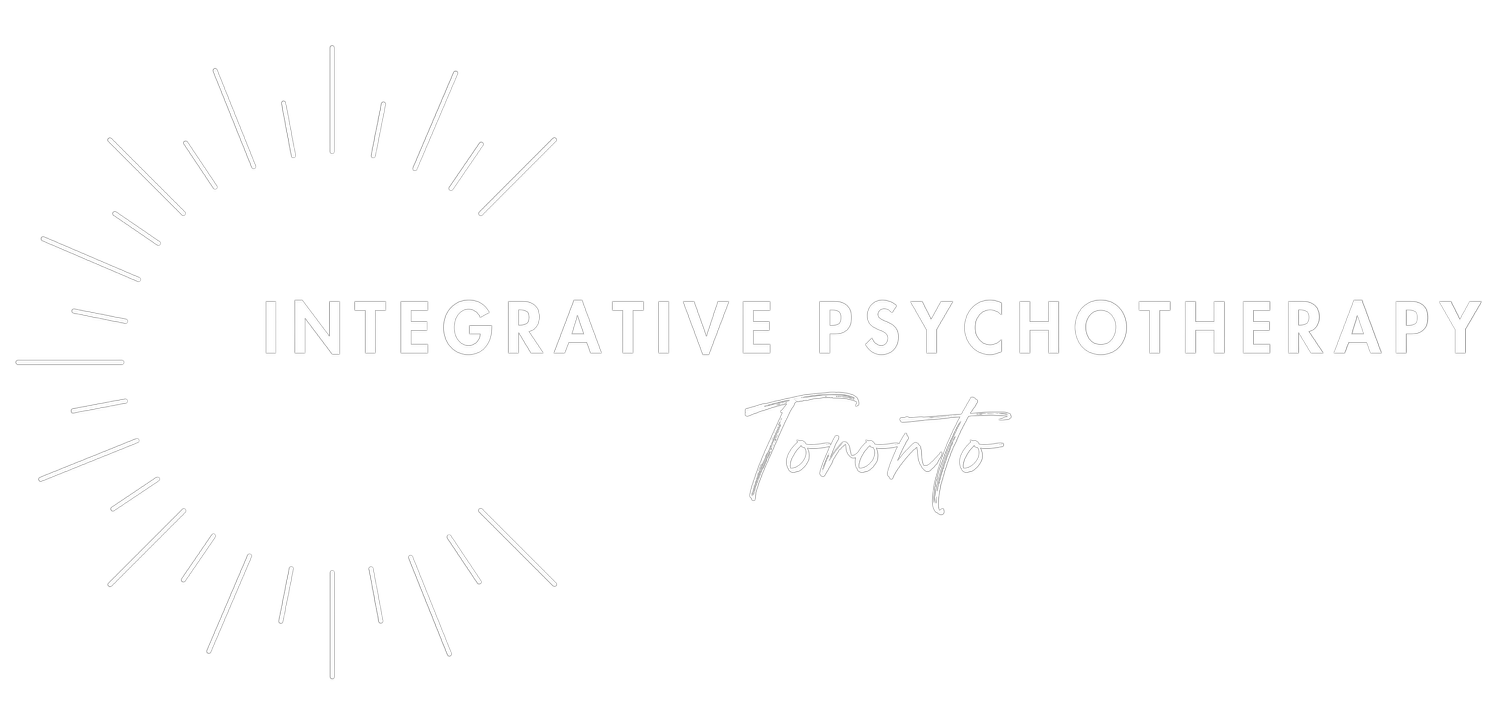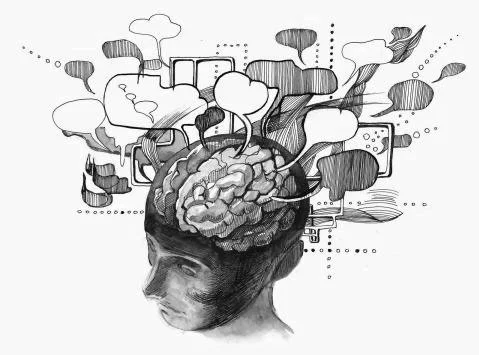Healing Humans, Not Treating Labels
Because Labels are only surface deep
Anxiety
When “On Alert” is our default setting
At its core, anxiety is rooted in the belief that things are not safe. And beliefs about safety, with their connection to survival, are not stored in our cognitive mind. As anyone who's struggled with anxiety or panic well knows, our logical, rational mind is usually not the part that's running the show when symptoms flare up. Instead, beliefs about safety are stored viscerally, encoded in the nervous system as implicit memories, motor patterns and fight or flight responses.
Neurologically, this makes sense - if you really aren't safe, you don't want the prolonged process of having to think about what to do next, you want it to happen reflexively. This mental bipass is very adaptive. Unfortunately, it's also why cognitive and analytical approaches to treatment often fall short.
By combining psychodynamic approaches with somatic and nervous-system techniques, we help clients to not only manage the symptoms, but to heal the underlying cause.
Depression
When nothing seems to matter
We all have a basic human need for connection, validation, acceptance, purpose, self expression and self worth. When any of these needs are unmet, depression is a natural result. Thus, depression is less a disease than it is a symptom - a sign that something is going on that needs to be addressed.
Sometimes present circumstances are leaving those needs unfulfilled. Sometimes our developmental history has endowed us with internalized messages that conflict with those needs; perhaps we've been hurt in connection, received scorn and judgement instead of validation and acceptance, or been taught that we lack purpose or are not valued. Whatever the cause, I help clients transform depression by addressing both the implicit memories and explicit circumstances that are keeping them shackled.
PTSD
WHEN THE PAST LIVES IN THE PRESENT
Any threat that overwhelms our ability to keep ourselves safe is inherently traumatizing to our nervous system.
Whether such a threat is real or perceived, whether it is physical, mental or emotional, makes no difference. Our nervous system does not discriminate between physical annihilation and annihilation of the self. Such situations directly conflict with our primary biological imperative: to survive. And when such a visceral drive is undermined, it has profound and lasting impact on our mind and body.
Trauma does not live in the mind, as a story of a difficult event that happened to us in the past. Trauma lives in the nervous system, as patterned responses that continue to happen to us day after day.
We live the stories of terror and disgust and shame, of hyper-reactivity and emotional dysregulation and desperate attempts to numb the pain, not as memories of past, but as day to day, moment to moment experiences and ways of being in the world.
But none of these changes are permanent. Trauma doesn’t have to be a life sentence.
Attachment & Developmental Trauma
BECAUSE NOT ALL WARS HAPPEN ON THE BATTLEFIELD
While for many of us, the term “PTSD” may seem to belong to war veterans and assault survivors, the truth is; trauma does not discriminate.
Trauma, in fact, is much less about the external circumstances at all. Trauma is about the internal circumstance - about how capable our brain is of understanding, making sense of, and moving on from an experience.
“Trauma” and “overwhelming emotional experience” could be somewhat synonymous.
And when thought about that way, most of us have some versions of developmental and attachment trauma. It’s just not that hard to overwhelm small brains.
And when our brains have been overwhelmed, when they have been unable to process an experience and move on from it, that experience continues to live on. Sometimes it lives on in behavioural patterns, emotional patterns, or relational patterns. Sometimes it lives on in the beliefs we hold about ourselves and the world. Sometimes it lives on in that voice in the back of our heads that whispers in our ear when we’re not distracting ourselves from it.
These patterns, beliefs and internal voices are not things we have to live with. They’re not organic. They’re not things we came into the world with. They’re things our brained learned along the way.
And, more importantly, they’re things our brain can unlearn.
Dissociation & DID
Because some things aren’t safe to know
We all compartmentalize. The ability to put something aside in order to focus on something else is an incredibly useful adaptation. And if what needs to be put aside wouldn’t just affect our focus, but our capacity to go on with normal life, then that ability isn’t just useful, it’s vital
Dissociation is a form of compartmentalization that often occurs as a result of intense emotional experiences and trauma. Such experiences can overwhelm our ability to process and integrate them, leaving us flooded with emotion. Dissociation helps us cope with the mental and emotional distress by creating psychological distance between us and the overwhelming material.
While dissociation helps us cope with difficult experiences, it also inhibits our ability to truly move past them. When the dissociative barriers that hinder treatment are dissolved, emotional processing is expedited and transformation is possible.
Addiction & Compulsive Behaviour
When Numbing is the only way through
We all need strategies to cope. Some of us have sufficient adaptive coping strategies to deal with the pain we have been dealt. Some of us haven't been so lucky. And in the absence of adaptive mechanisms to manage pain, what's left are maladaptive alternatives.
Substances don’t cause addiction. Pain causes addiction.
While addressing the behaviour may be an important first step for some, it's at best half the picture. An abstinent person who’s still in pain is a person who’s white-knuckling their way through life. By working with clients to not only stop the behaviour, but to resolve the pain it's medicating, I help clients move from resisting the urge to not needing the crutch.
Relationship Difficulties
BECAUSE “ALONE” IS NOT SOMETHING WE’RE MEANT FOR
Relationships are inherently challenging. While intimate connection serves some of our deepest human needs, it also tends to confront our deepest insecurities.
Our patterns and models for how to be in relationship are installed at a very young age. And even if we've had wonderful examples for those patterns, it doesn't mean that they match our partners’.
From conflict and poor communication to emotional distance and intimacy issues, the core of many relational issues are often rooted in our own attachment patterns.
By understanding and healing our attachment and relational patterns, we can transform our way of being in relationship.
Loss of Purpose
BECAUSE MEANING IS SOMETHING WE’RE ALL WIRED FOR
The search for purpose and meaning is inherent in all of us. The Why is what motivates what we do and how we do it. And being disconnected from that Why - from our purpose, our meaning - is extraordinarily disheartening, demotivating and painful. We feel adrift; untethered and lost.
Finding, connecting to, and coming into alignment with our purpose is the work of self actualization. It is some of the deepest, and most fulfilling, work we can do.
Because it’s not about finding the meaning of life, but rather finding meaning in life.







